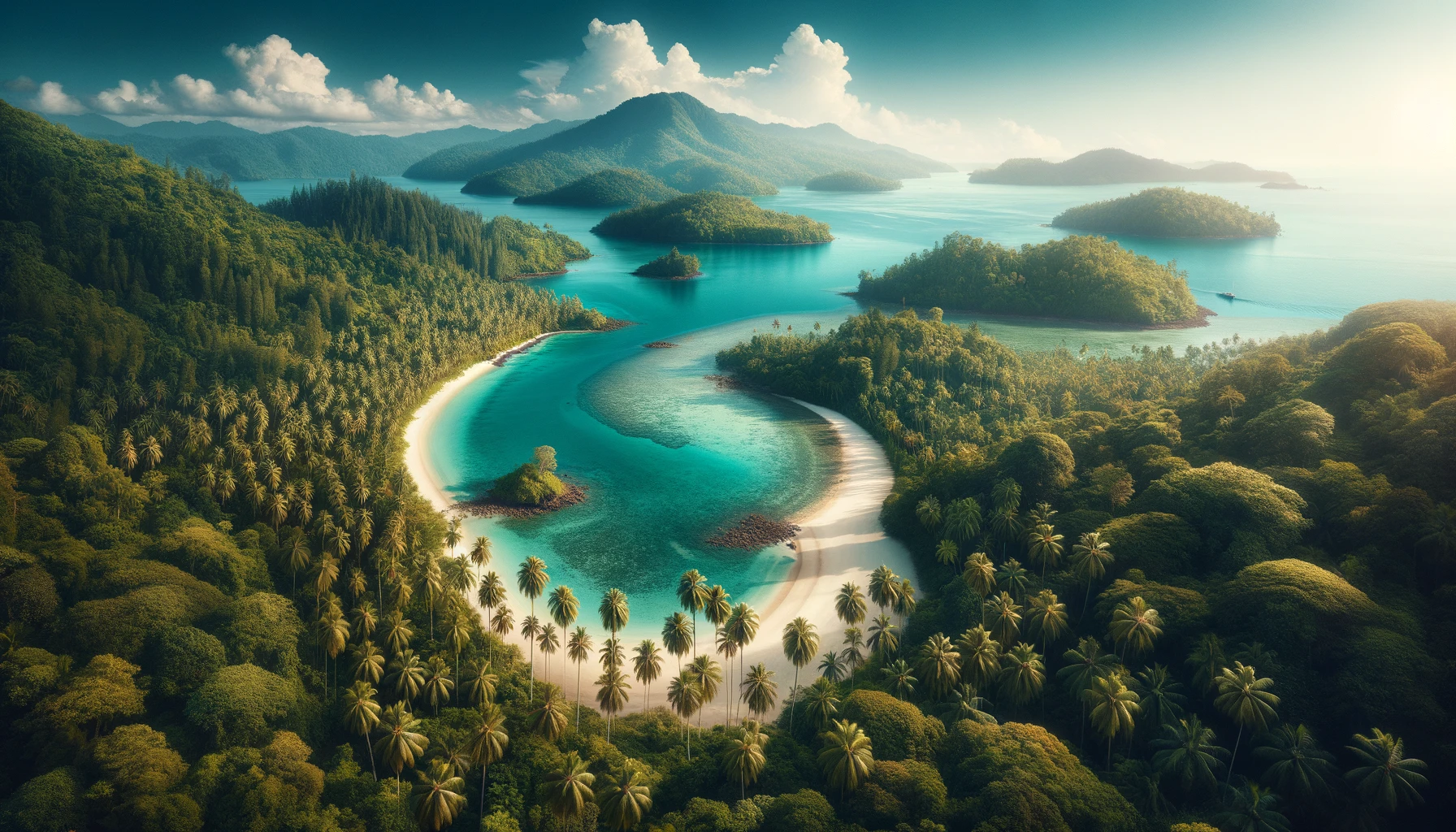India’s vast and varied landscape extends beyond its well-known peninsulas and mountain ranges, spilling over into an extensive network of islands. Each island, from the coral-fringed atolls in the south to the riverine islets in the north, holds its own unique charm and ecological significance. This exploration dives into the myriad islands that constitute the Indian archipelago, revealing their numbers, geographical diversity, and cultural richness.
Introduction to India’s Island Wonders
India’s geographical narrative is often dominated by its mainland, yet the country’s island territories are equally compelling. Spanning several seas and encompassing myriad ecosystems, the islands of India offer a fascinating glimpse into the nation’s diverse natural and cultural heritage. From the famous Andaman and Nicobar Islands in the Bay of Bengal to the less-known Lakshadweep archipelago in the Arabian Sea, the Indian islands are a crucial part of the country’s identity.
Counting the Jewels: How Many Islands in India?
The question, “How many islands in India?” is not straightforward. With islands ranging from tiny outcrops to large landmasses, the official count varies, but recent surveys suggest that India boasts over 1,200 islands. This includes both inhabited and uninhabited islands, each playing a significant role in India’s environmental and strategic landscape.
Charting the Waters: Indian Islands Map
Mapping the Indian islands offers a visual journey through India’s aquatic territories. An Indian Islands Map serves not only as a tool for geographical orientation but also as a gateway to understanding the spread and significance of these landforms. These maps highlight the geographic distribution of Indian islands, showing clusters in the Arabian Sea, the Bay of Bengal, and along the mainland’s riverine routes.
Giants Among the Dots: Largest Islands of India
Among the extensive list of Indian islands, some stand out for their size and ecological or strategic importance. The largest islands of India include Middle Andaman, North Andaman, South Andaman, and Great Nicobar. These islands are not only significant due to their size but also because of their rich biodiversity and the unique tribal cultures that inhabit them.
A Detailed Look: List of Indian Islands
For those interested in a detailed enumeration, the List of Indian Islands includes prominent names such as the Andaman and Nicobar Islands, Lakshadweep Islands, and several river islands like Majuli in Assam, which is one of the largest river islands in the world. This section would also touch upon the lesser-known but equally fascinating islands such as the Elephanta Island near Mumbai, and the coral islands of the Gulf of Mannar.
The Geographic Tapestry: Geographic Distribution of Indian Islands
The Geographic Distribution of Indian Islands reveals a fascinating pattern of isolation and aggregation. The Andaman and Nicobar Islands, lying close to the Indonesian archipelago, exhibit influences from Southeast Asian flora and fauna, whereas the Lakshadweep Islands, located off the southwestern coast of India, display a typical coral atoll formation. Each group of islands has adapted uniquely to its environmental conditions, offering a rich tapestry of biodiversity.
Cultural Treasures: Cultural Significance of Islands in India
The islands of India are not just ecological treasures but also cultural strongholds. The Cultural Significance of Islands in India can be seen in the unique lifestyles, traditions, and histories that these islands preserve. From the indigenous tribes of the Andamans to the folklore of the Lakshadweep islands, each island tells a story that is integral to the cultural mosaic of India.
Paradise Explored: Tourism in Indian Islands
Tourism in Indian Islands has seen a significant rise, with regions like Andaman and Nicobar and Lakshadweep becoming popular destinations for both domestic and international tourists. The pristine beaches, clear waters, and opportunity for water sports are major draws. However, tourism is balanced with conservation efforts to maintain the ecological integrity of these delicate island ecosystems.
Conclusion: A Mosaic of Islands
In conclusion, the islands of India are not merely points on a map but are vital aspects of the country’s geography, culture, and economy. They offer a diverse range of environments and experiences, each island with its own story and significance. As we continue to explore and understand these islands, it becomes crucial to prioritize their conservation and sustainable utilization to ensure they remain vibrant parts of India’s natural and cultural heritage for generations to come.

